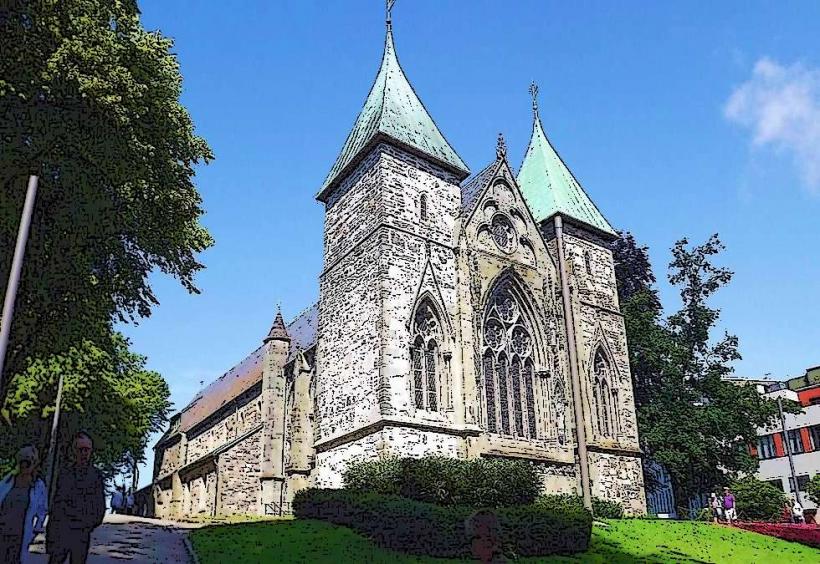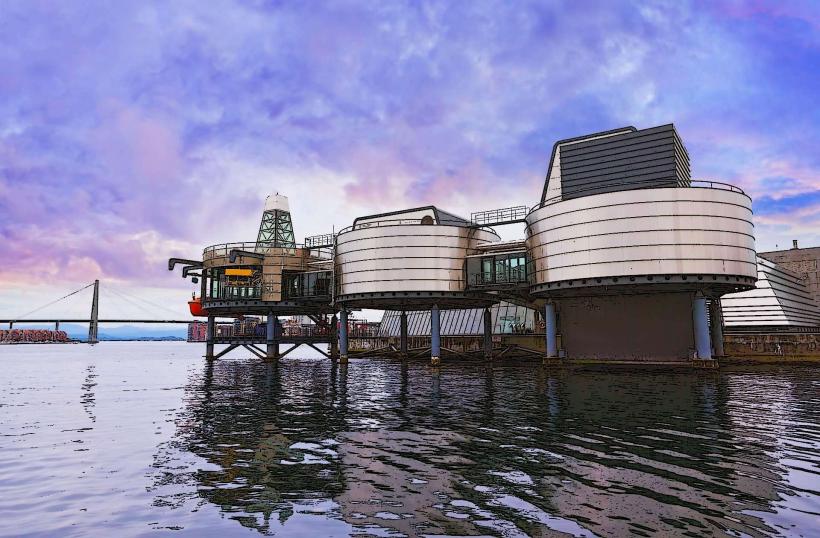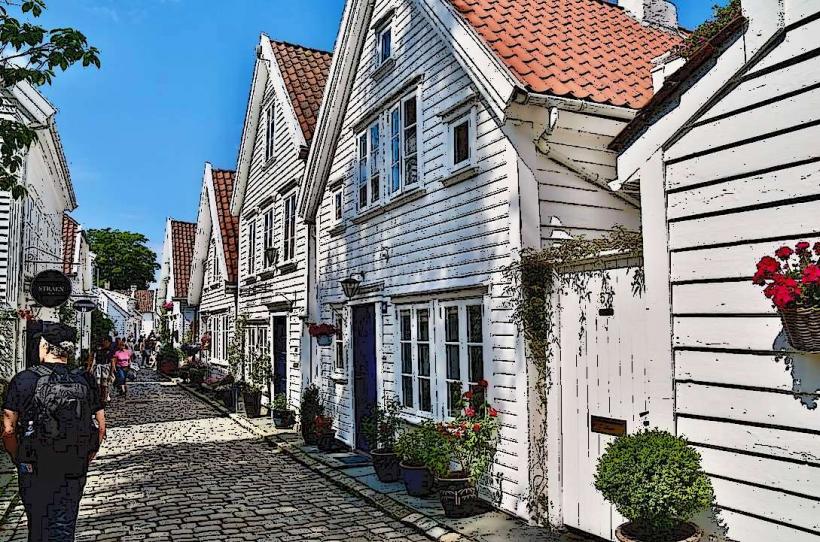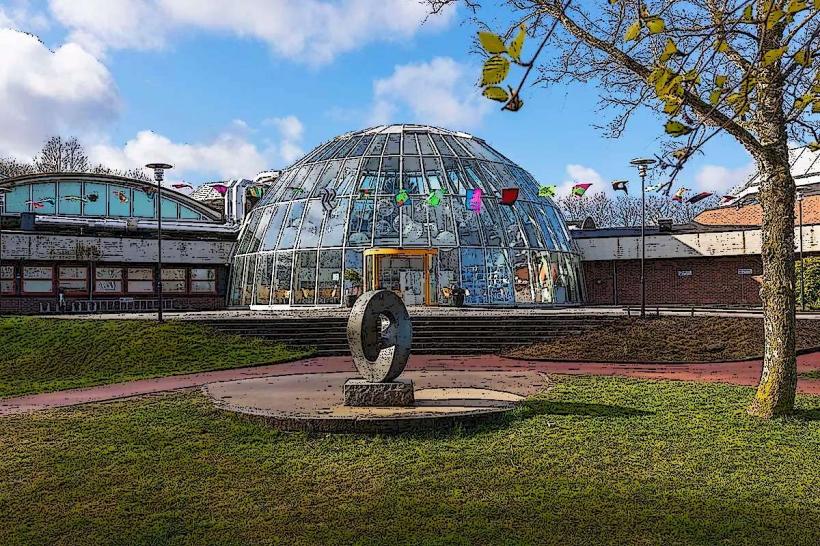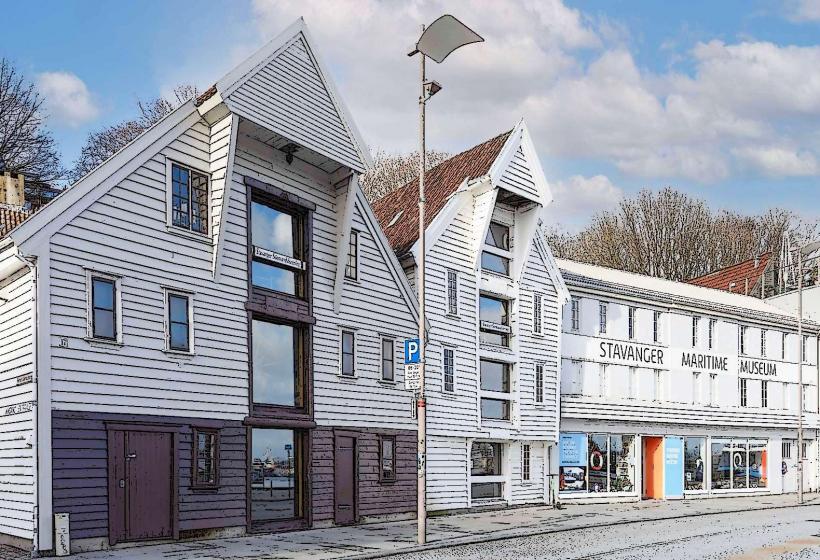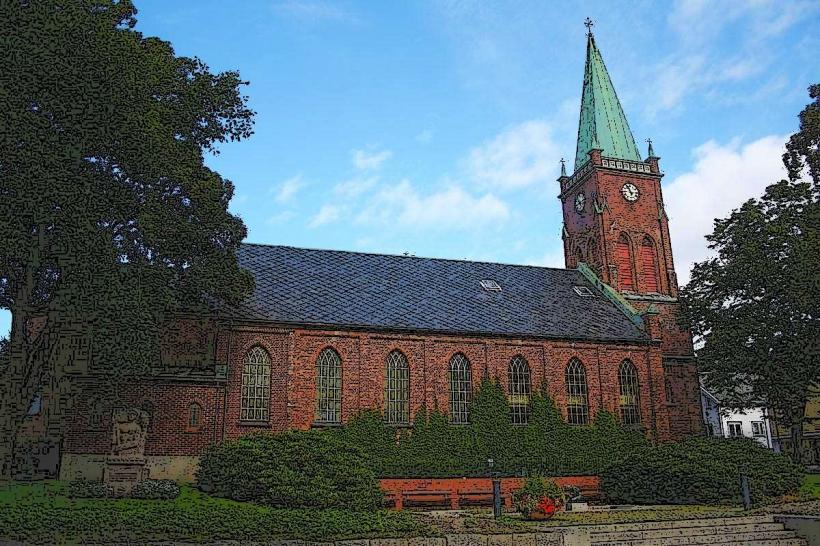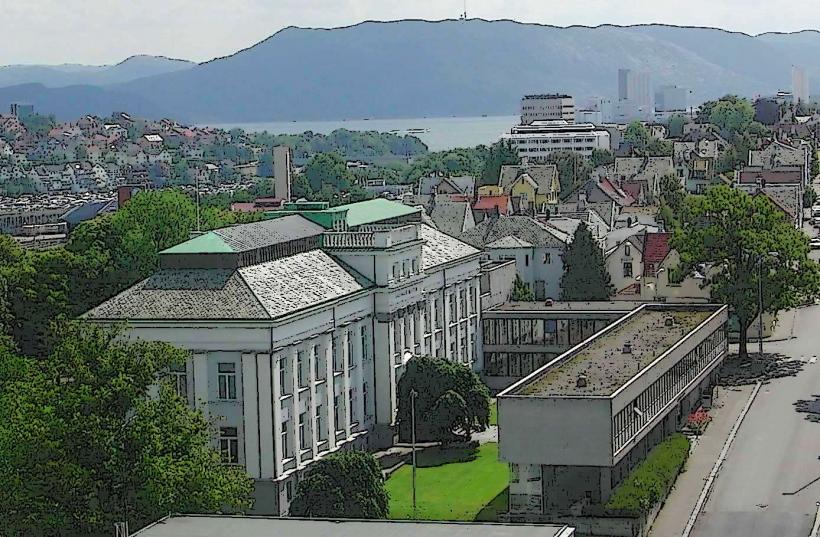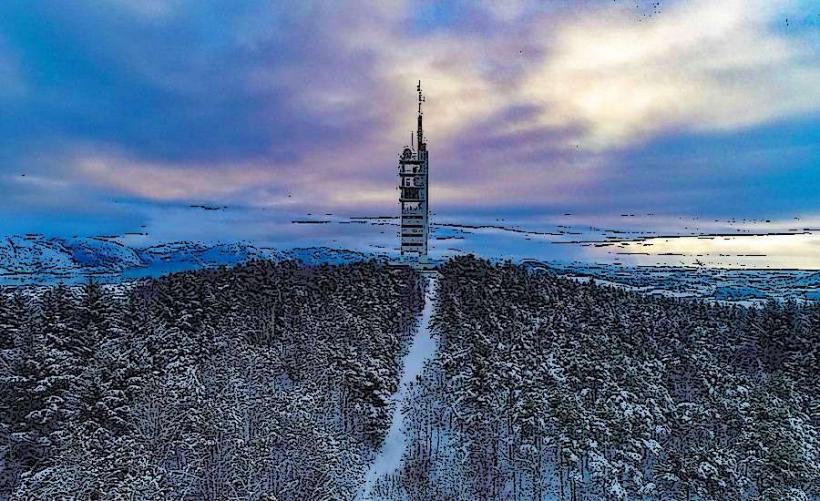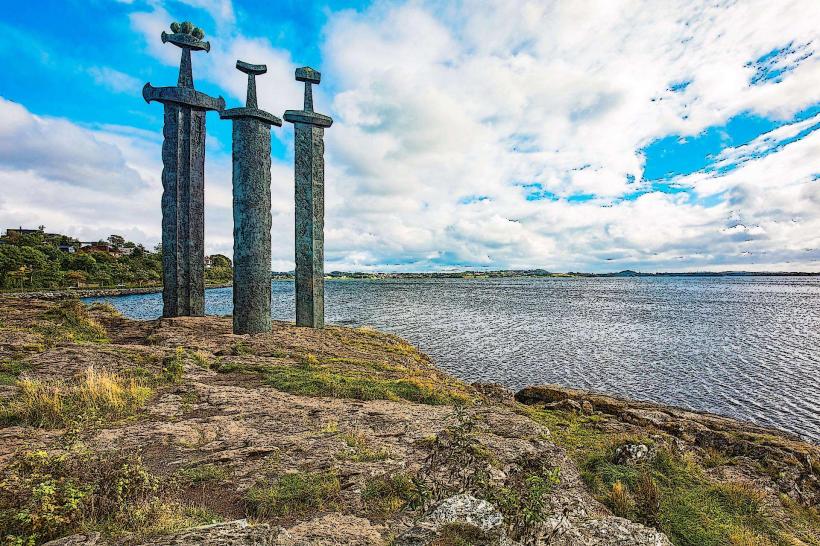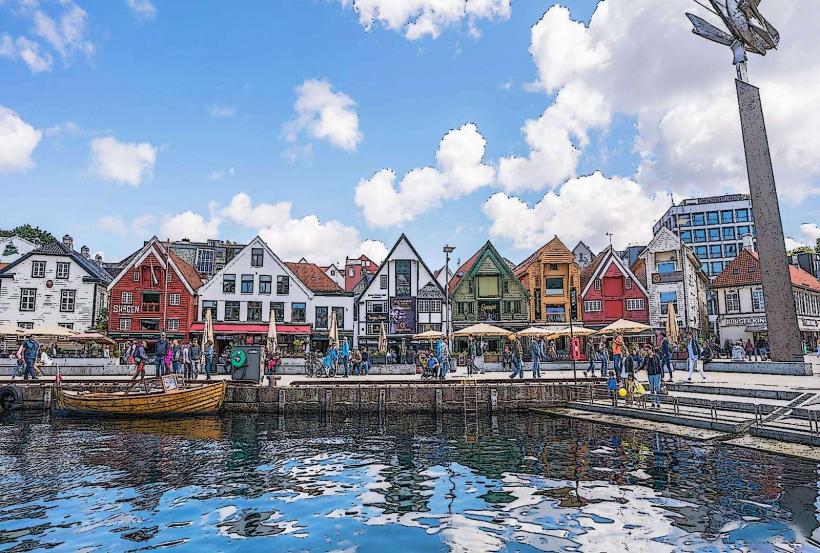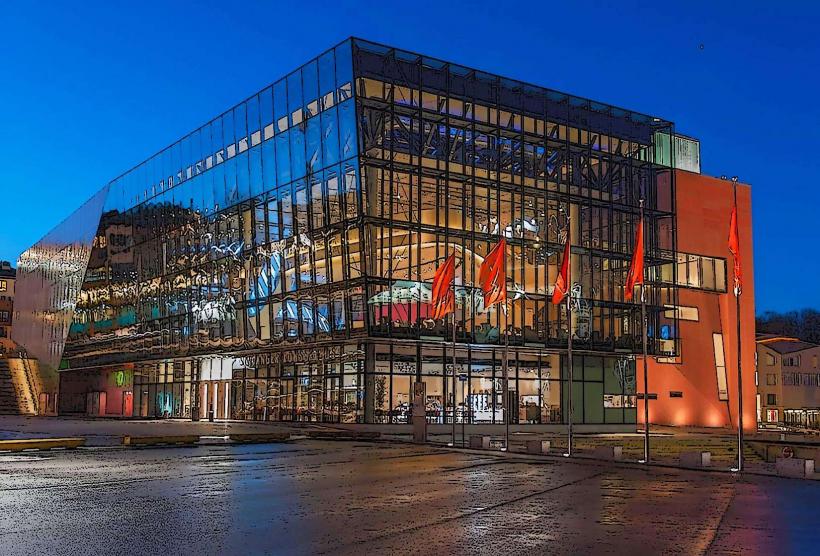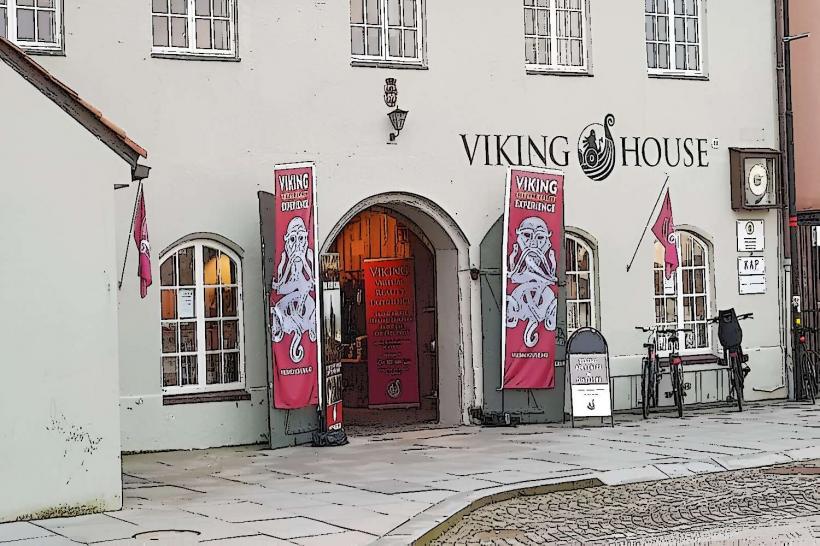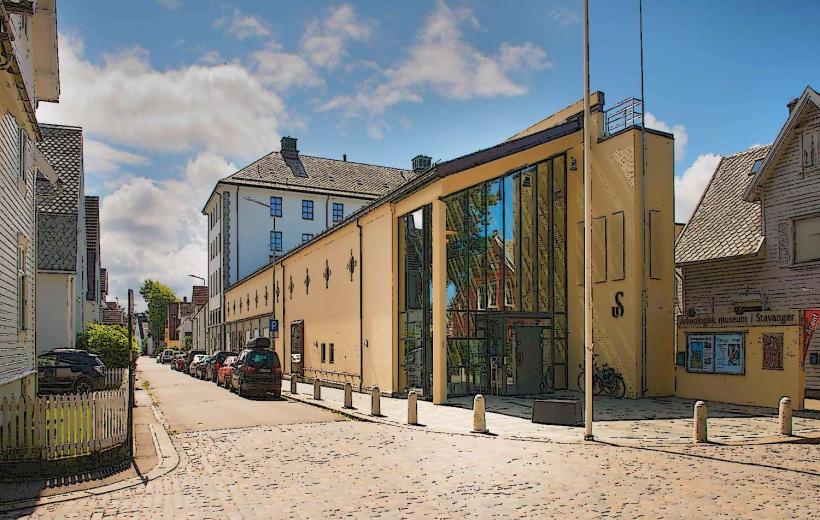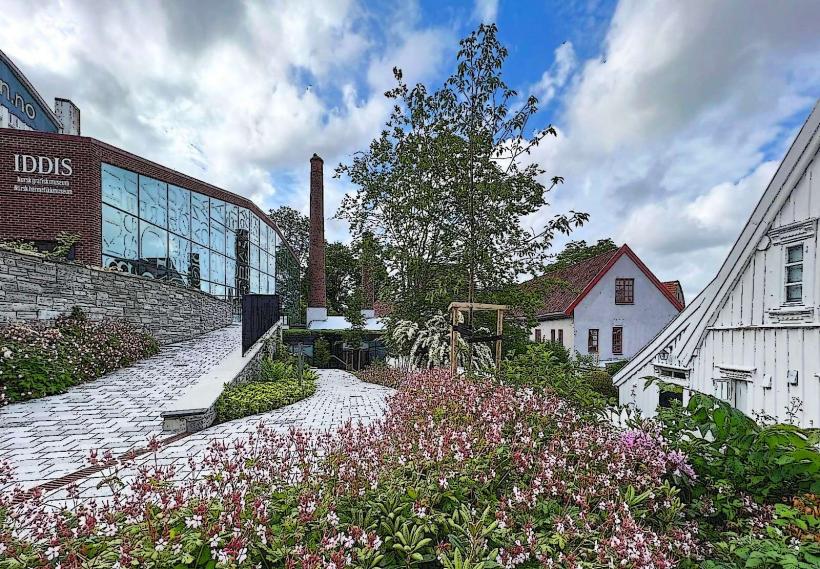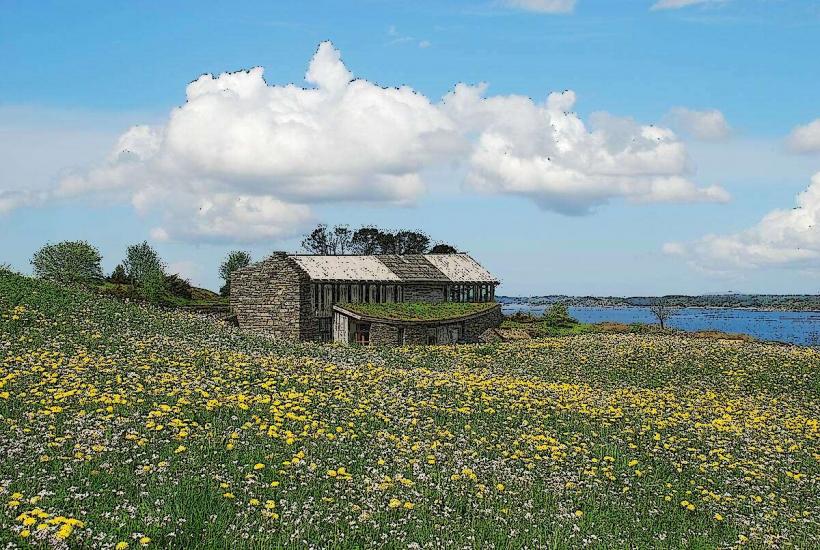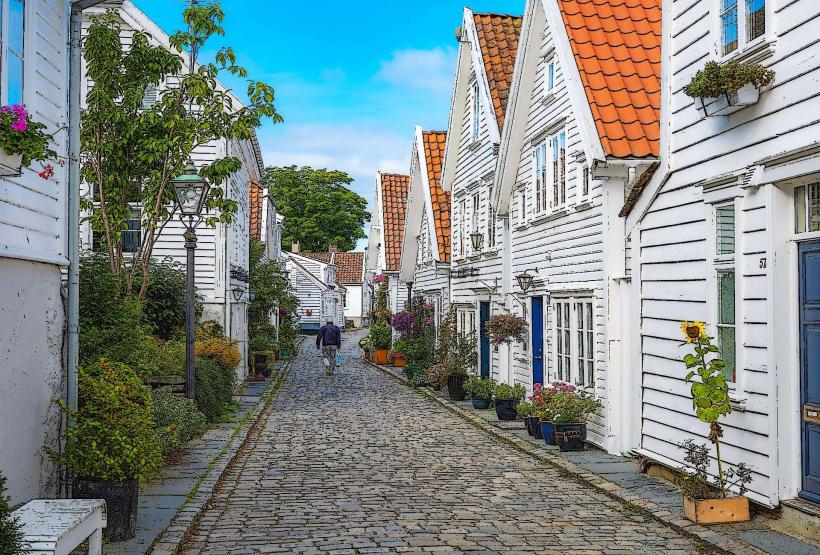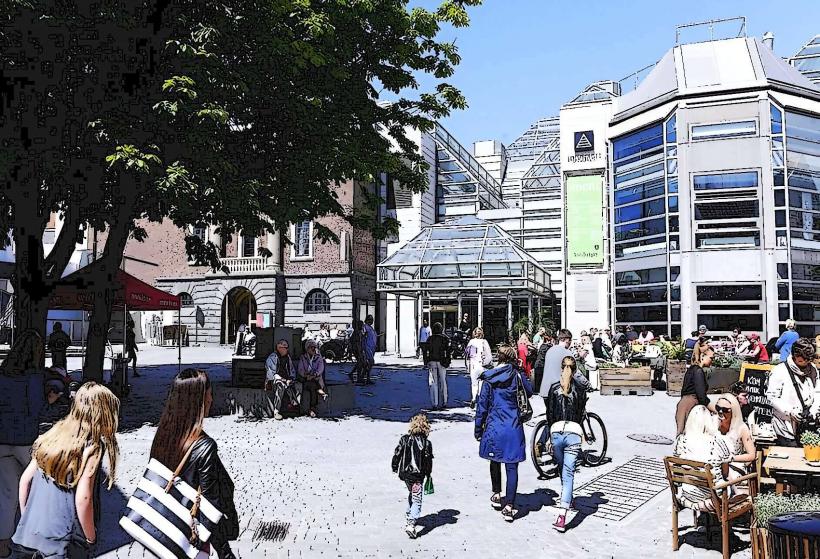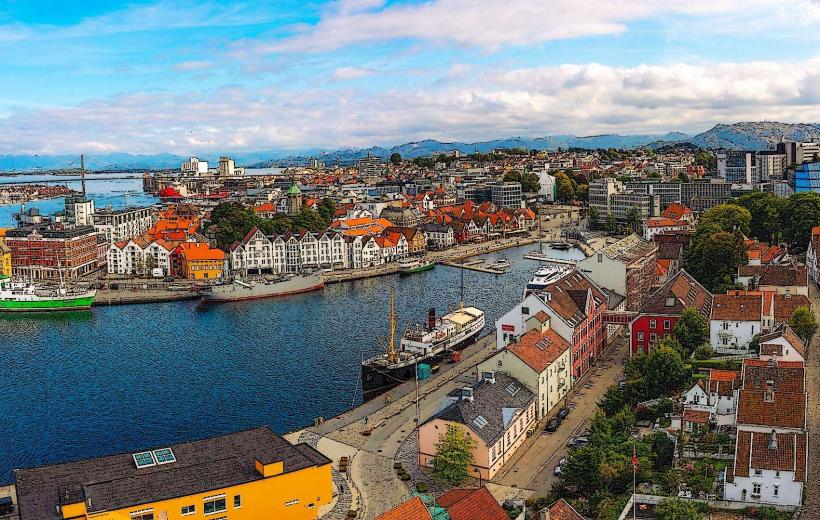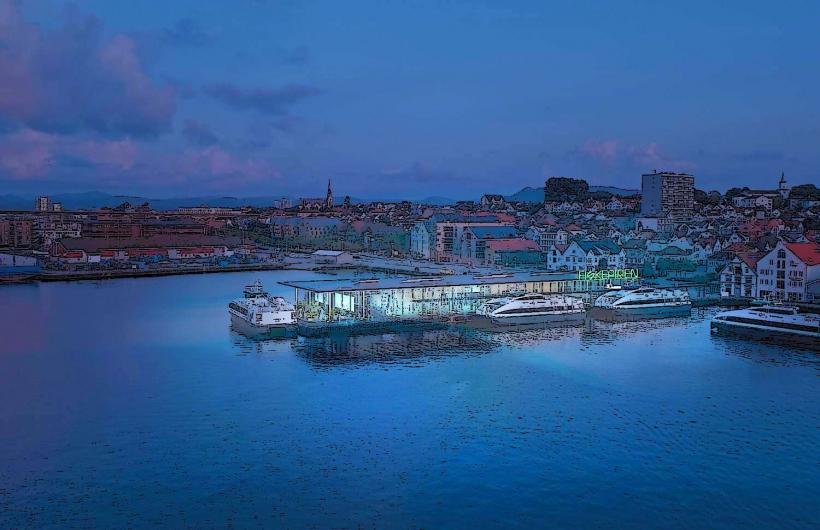Information
Landmark: Stavanger Botanical GardenCity: Stavanger
Country: Norway
Continent: Europe
The Stavanger Botanical Garden (Stavanger Botaniske Hage) is a stunning green space located on the grounds of the University of Stavanger (UiS), in the western part of the city. This botanical garden offers a beautiful and peaceful environment, perfect for nature lovers, gardeners, and those looking to enjoy a relaxing day surrounded by plants. Here's a detailed look at the garden:
Location and Accessibility
- Location: The Stavanger Botanical Garden is situated on the Ullandhaug Hill, near the University of Stavanger campus. It is a short distance from the city center, making it easily accessible for both locals and visitors.
- Accessibility: The garden is open to the public year-round, and its location on Ullandhaug Hill offers visitors both easy access to the garden itself and the opportunity to enjoy beautiful views of the surrounding area. The park is accessible by car, bike, and public transportation, and there are walking paths that connect the garden to nearby areas, including hiking trails on the hill.
Overview of the Garden
- Size: The botanical garden covers an area of about 17 hectares (42 acres), offering plenty of space for exploring various themed garden sections, walking paths, and green spaces.
- Purpose: The garden was established in 1995 and is designed as both an educational and recreational space. It serves as a place for research on plant diversity and as a teaching tool for students in fields like biology, environmental science, and horticulture. It also functions as a public garden, inviting visitors to explore its beauty.
Key Features and Sections of the Garden
The Stavanger Botanical Garden is divided into several thematic sections, each showcasing different types of plants and landscapes:
1. Norwegian Flora Section:
- This area of the garden features a variety of native Norwegian plants, including species that are commonly found in the country's forests, mountains, and coastal regions. Visitors can see wildflowers, ferns, and native shrubs, as well as a variety of trees that are indigenous to Norway.
- Climate Zones: The section is designed to showcase plants that thrive in Norway’s various climates, from the coastal areas to the inland regions, highlighting the biodiversity of the Norwegian landscape.
2. Arctic and Alpine Plants:
- This section focuses on plants that are adapted to cold, high-altitude climates, such as alpine flowers and Arctic shrubs. These plants are typically found in Norway’s mountains and tundra regions.
- Visitors can see species that grow in challenging environments, thriving in conditions with limited soil, low temperatures, and harsh winds.
3. Mediterranean Garden:
- One of the garden's most striking features is its Mediterranean section, where visitors can explore plants that thrive in warmer climates. This area features aromatic herbs, citrus trees, and a variety of flowering plants native to the Mediterranean region.
- It offers a contrast to the colder sections of the garden, showcasing how plants from different climates can coexist and flourish in the right conditions.
4. Herb Garden:
- The herb garden features a wide variety of culinary and medicinal herbs, including mint, sage, rosemary, and thyme. It serves as an educational resource for visitors interested in learning about the historical and contemporary uses of herbs in cooking and medicine.
5. Tropical and Subtropical Plants:
- While not as large as other sections, the garden has a small area dedicated to tropical and subtropical plants, where visitors can view species that thrive in warmer climates, such as palms, bananas, and tropical flowers. This area demonstrates how plants from across the world can adapt to the cooler Norwegian climate in carefully controlled environments.
6. Wetland and Pond Areas:
- The garden also features areas designed to replicate wetland environments, including small ponds and marshy sections. These areas are home to water-loving plants such as water lilies, reeds, and various aquatic species.
- The wetland sections provide an important habitat for local wildlife, including insects and birds, making them an integral part of the garden's biodiversity.
7. Woodland Garden:
- The woodland garden mimics the natural forests of the Stavanger region, with a focus on trees, shrubs, and groundcovers typical of Norwegian woodlands. It showcases native species like birch, pine, and spruce, alongside woodland flowers like bluebells and anemones.
- This section also highlights the ecological importance of forests in maintaining biodiversity and providing habitats for local wildlife.
8. Sculptures and Art Installations:
- Throughout the garden, visitors can find various sculptures and art installations that complement the natural beauty of the plants. These pieces of art are often designed to highlight the relationship between nature and human creativity, providing an interesting cultural element to the botanical garden.
Activities and Educational Programs
- Guided Tours: The Stavanger Botanical Garden offers guided tours for those who want to learn more about the plants, the history of the garden, and the various environmental themes showcased in the park. These tours are typically led by knowledgeable staff or horticulturists and provide a deeper understanding of the garden's biodiversity.
- Workshops and Events: The garden hosts a variety of educational workshops and events throughout the year, aimed at both children and adults. Topics may include gardening, plant identification, sustainable practices, and environmental conservation.
- School Programs: The garden collaborates with local schools to provide hands-on learning experiences for students. The educational programs offer young people the opportunity to learn about plant biology, ecosystems, and conservation in a real-world setting.
Seasonal Changes and Visitor Experience
- Spring and Summer: During the warmer months, the garden is in full bloom, offering vibrant displays of flowers, shrubs, and trees. This is the best time to visit if you're interested in seeing the garden at its most colorful and diverse.
- Autumn: Fall brings a beautiful transformation, with the leaves changing color, creating a picturesque scene throughout the garden. It’s a great time for photography and experiencing the garden in a different light.
- Winter: In winter, the garden is quieter, and although many plants may be dormant, it can still be a serene place to visit for a peaceful walk among the evergreens and winter-blooming plants.
Conclusion
The Stavanger Botanical Garden is a wonderful destination for nature lovers and anyone interested in learning about plants, sustainability, and horticulture. Its diverse collection of plants, peaceful setting, and educational programs make it a great place for visitors of all ages. Whether you're enjoying the stunning views of the surrounding area, exploring the themed gardens, or attending a workshop, the garden offers a unique and enriching experience in the heart of Stavanger.

